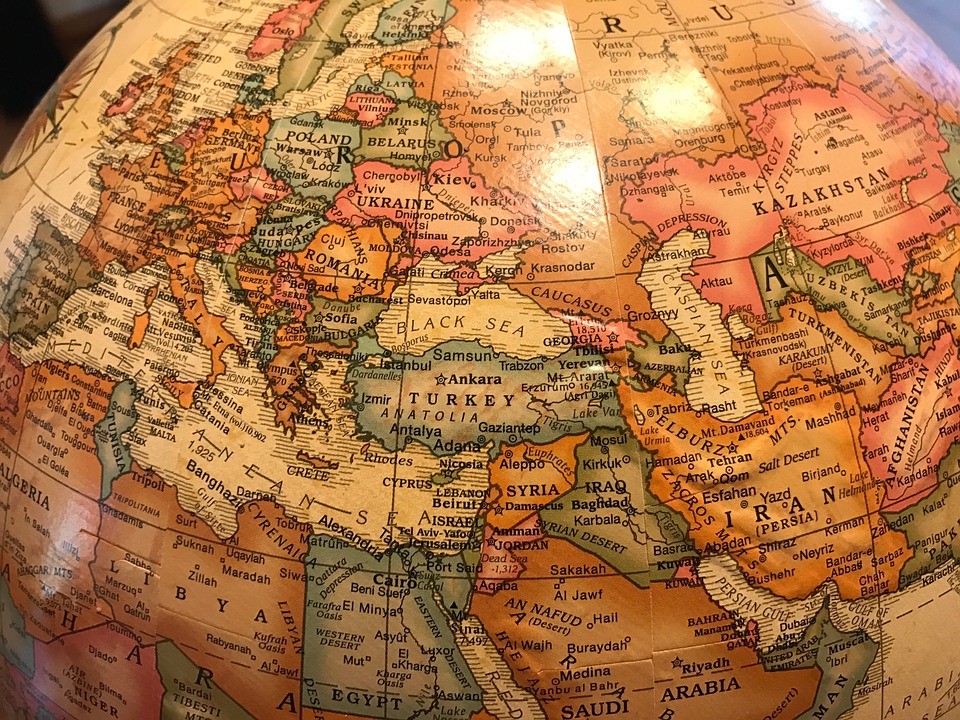Bilateral cooperation between Russia and Iran runs much deeper than a single shipment of Iranian-made drones for Moscow’s use in the war in Ukraine. Regular arms deliveries from Tehran to Moscow now also include large shipments of drones and surface-to-surface missiles. Russia, in turn, is sending advanced weapons stolen from the West and cash to Iran. In late November Radio Free Europe/Radio Liberty reported that Iran is studying the weapons it receives and working to reverse engineer the systems. According to Stephen Blank of the Jamestown Foundation, it is possible that the “modifications Russian forces introduced to the Shaheed-136 drone to improve its accuracy may have been communicated to Iran ahead of time, as suggested by the drone strike on an Israeli-owned oil tanker on November 15.” It does not stop there. Asia Times notes that Russian re-engineered drones produced originally by Iran could pose a major existential threat to shipping routes from the Persian Gulf, Black, Baltic, and Mediterranean seas and as far away as the Indian Ocean. Naval experts in Washington are concerned that progress on these weapons could be the first part of an Iranian sea-denial strategy aimed at fulfilling Tehran’s desire to control vast swaths of the Middle East and beyond. Earlier this summer Tehran launched its Khayyam satellite on a Russian Soyuz rocket from the Baikonur Cosmodrome in Kazakhstan. It was designed for use, according to Iranian sources, for “border surveillance of agriculture, monitoring land use changes such as unauthorized construction, deforestation and environmental hazards and scouting for mineral deposits, among others.
More concerning it that the satellite could be used to conduct reconnaissance of Ukrainian groupings and weapons systems, according to an August 11 Russian Space Web story. It reports that beginning in 2018 Russia and Iran have also been conducting negotiating to secure delivery of a Russian Kanopus-V satellite with “high-resolution cameras” for Tehran. Many in the US intelligence community also believe that Iran wants Russia’s help to expand and speed its nuclear program in the area of nuclear materials and fuel fabrication. Although Iran may not possess an assembled nuclear weapon, with Russia’s assistance it could achieve “nuclear latency,” or the ability to assemble one in a short period of time. As Russo-Irian political and economic ties strengthen, so does anti-American sentiment driving those policies.
In December the Tasnim News Agency (TNA) reported that Iran and Russia were working on new frameworks and mechanisms for deepening their relationship that “go beyond Syria and military transfers to include the Caucasus, where Iran is already expanding its influence to the point of dangerously mounting tensions with Azerbaijan and Turkey.” TNA says that Russia and Iran were growing closer before the war in Ukraine, but are even closer now. It points out that “a gas swap, which would allow Iran to import Russian gas and then export it to third countries, is in the works.” As Putin and the Iranian president continue building cooperative ties, Iran is working to circumvent Western sanctions through a joint working group. Lastly, Iran asked for Putin’s help in suppressing the long-running demonstrations across the country by transferring Russian anti-riot equipment and training to Tehran earlier this month. As the war progresses in Ukraine, the West must remember that Russia is engaged in other parts of the world, including the Middle East and the Caucasus. Israel has labeled the growing bilateral relationship “dangerous” and that this new entente will give Tehran cover in Syria to expand its activities up to the Israeli border. Russia, the Jerusalem Post says, “might step in to limit Israeli air strikes against Iranian facilities and installations there.” Taking advantage of the increasingly visible estrangement between Riyadh and Washington, the Post suggests that Moscow is trying to facilitate a means by which Iran and Saudi Arabia might mend their differences, a development that, if it occurs, would send shockwaves throughout the Middle East. Russia’s growing ties with Iran could represent a risk to Middle East stability and security and a major rupture in the non-proliferation order.
Daria Novak served in the U.S. State Dept.
Illustration: Pixabay
